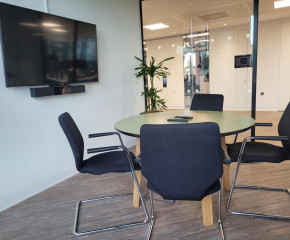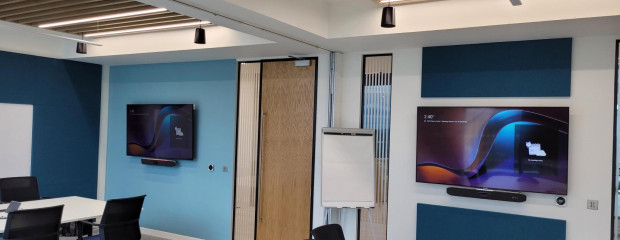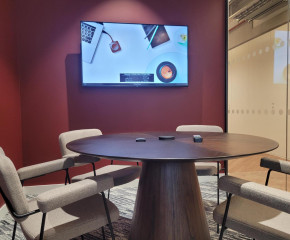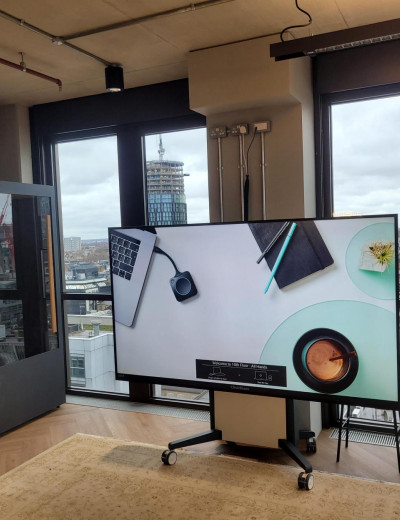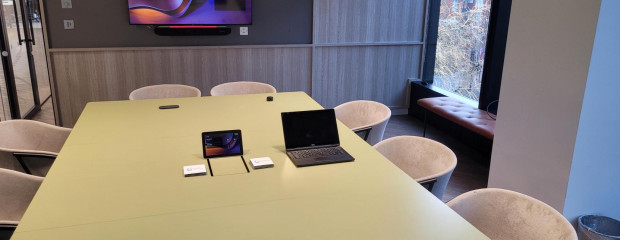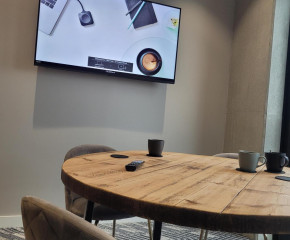Video Bars – Has The World Moved On?
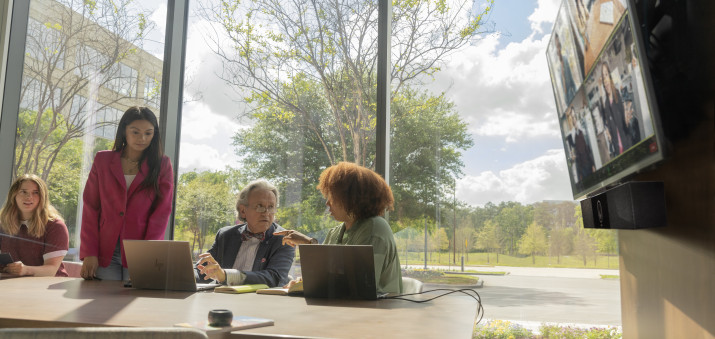
As with all technologies, video conferencing equipment continues to improve and evolve, driven by advancements in technology and shifting workplace trends. Video bars, in particular, have seen a surge in popularity over the past few years.
Poly pioneered the first all-in-one video bars, the Poly Studio X30 and X50, during the pre-pandemic era when meeting rooms were rapidly transforming into smaller 'huddle' rooms. There was a growing demand for more cost-effective solutions that could seamlessly integrate with popular platforms like Zoom and Teams.
The Pandemic's Impact
Then came the pandemic, and suddenly, every meeting room needed to be video-enabled. Native operation for Zoom and Teams became essential. Video conferencing vendors like Poly, Logitech, Barco, Yealink, and Neat rose to the challenge, producing a wide array of video bars. IT and facilities managers quickly deployed these affordable and readily available solutions, often installing them in larger rooms with poor acoustic properties, pushing the capabilities of the cameras and microphones beyond their recommended limits.
Settling into the New Normal
As we settle into a post-pandemic world, businesses are starting to finalise their meeting room needs, particularly in terms of size. The market offers a wealth of hardware options, with video bars continuing to be a popular choice, however there's a growing demand for better cameras and advanced camera setups. Much like the old days of 'Hi-Fi,' you can now select components to suit your specific needs. Base computer units can run on Android or Windows, with cameras that auto-frame or track, and even AI-controlled multi-camera framing is becoming a reality.
.jpg)
Advancements in Audio Technology
Microphones and audio subsystems are also benefiting from AI advancements, capable of discerning between noise and speech, creating zones to ignore, and even correcting room acoustic issues to a significant degree.
Enhanced Flexibility and Interoperability
In the early days, choosing a video platform meant dealing with compatibility issues when switching between platforms. Today, interoperability has vastly improved, allowing users to guest join from one platform to another (Zoom, Webex, Teams) seamlessly. You might opt to use room equipment (camera and audio) while making the actual call from your own device (laptop). This entire experience can now be wireless, while still utilising top-end camera and audio equipment.
The Future of Video Bars
The pandemic brought about a plethora of video bars, but as technologies and our needs evolve, so do our options for meeting spaces. Video bars continue to have their place in smaller, huddle-type rooms. However, the emerging trend of larger, all-hands, all-company meetings, and multi-functional spaces is driving the advancement of camera and microphone technologies forward.
The Future of Meetings
Meetings are important to us, demonstrated by the amount of real estate we dedicate to them. As meeting spaces are valuable & critical to us, they need to be furnished with not only the most up to date and functioning equipment, but also the correct devices that meet the room conditions, environment and the meeting objectives and desires.
The equipment and connected systems are there to ensure your meetings go well, go quickly and produce positive & accurate outcomes & decisions.
AuDeo has 20 years in designing technology into meeting spaces.
Talk to our team to discuss your needs, your options and your preferences.




